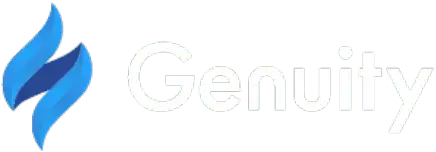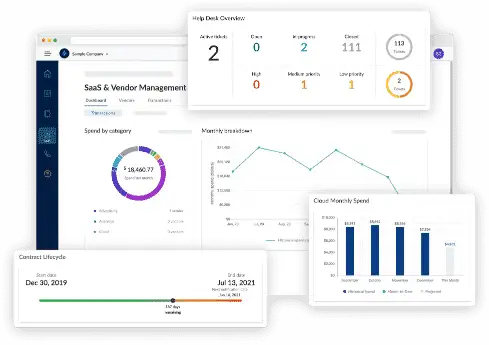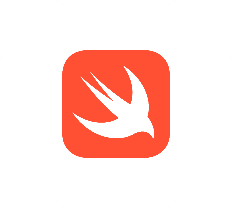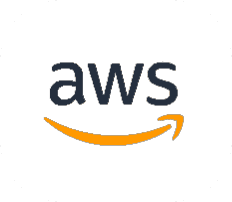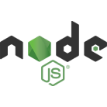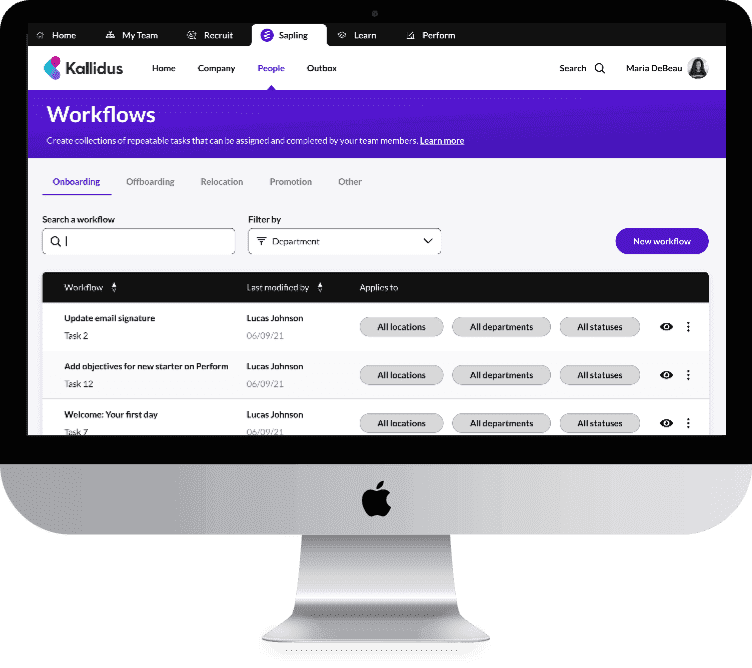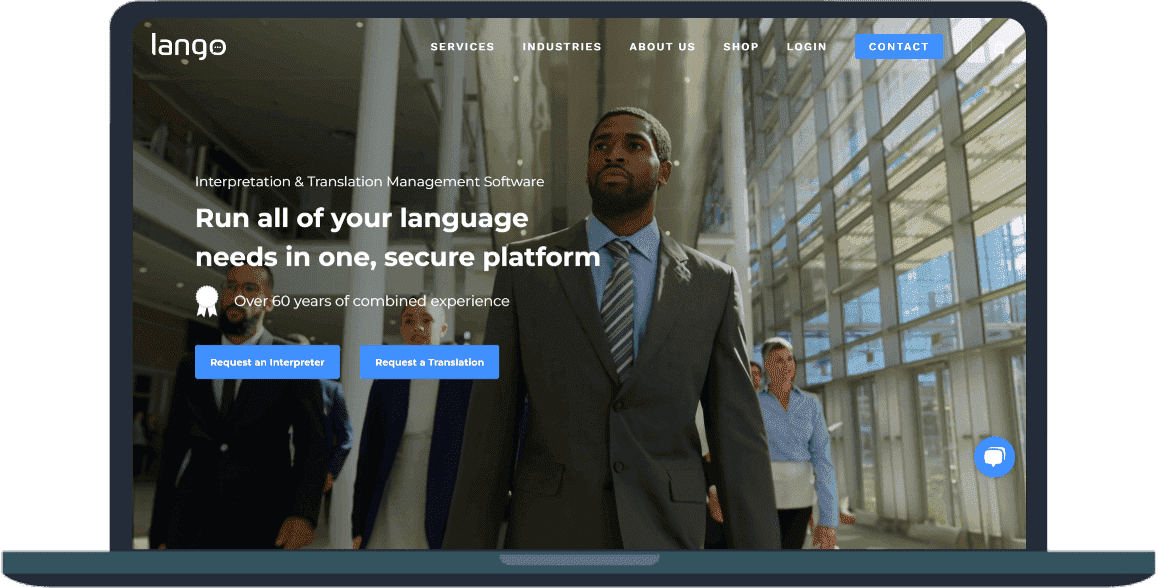According to a study, 16% of companies worldwide are fully remote. Moreover, they hire and augment their software teams by hiring remote workers. In addition, the number of remote workers has grown by more than 150%.
As a result, numerous companies now regularly utilize remote work. In the meantime, augmented teams are becoming more prevalent. But leading a remote team involves more than just switching to online communication; collaborating with AI calls for new abilities and approaches. Organizations must reinvent roles and reimagine leadership if they are to prosper in this hybrid society.
So, in this guide, we will look at the most pressing challenges of managing remote and augmented teams. Also, we will look into practical strategies and provide best practices.
Challenges of Managing Remote and Augmented Teams
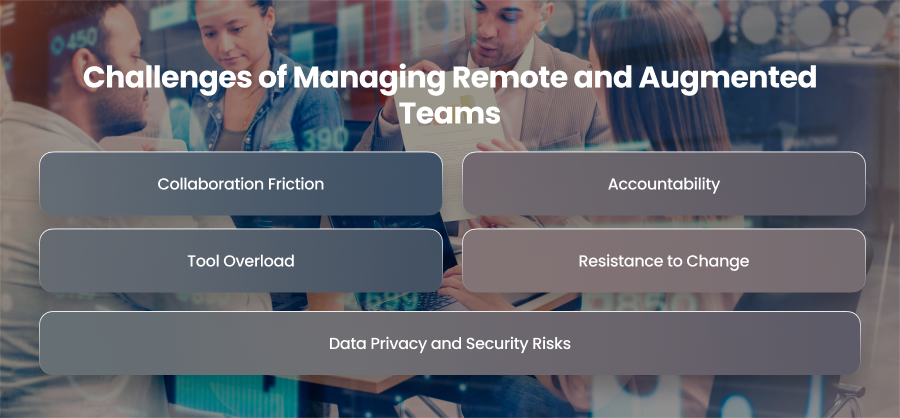
Collaboration Friction
One of the main challenges of managing remote teams is maintaining effective communication. Additionally, in traditional onsite settings, knowledge is shared during meetings. Distant teams, however, lose this advantage, which might result in less clarity and a longer decision-making process.
Time zone differences may introduce an additional level of difficulty. Additionally, it might be difficult for team members who are spread out geographically to recognize overlapping hours. This can result in missing updates. Also, asynchronous communication can result in fragmented conversations.
Moreover, in augmented teams, collaboration also involves interfacing with AI tools. If these tools aren’t well integrated into communication workflows.
Accountability
Some managers may find it difficult to abandon conventional monitoring techniques when they are unable to personally visit their team. Additionally, this frequently results in micromanagement or a dependence on productivity monitoring systems. This can lower morale.
Team members, on the other hand, could feel disconnected or unsure about how their position is perceived. Lack of visibility can also make it difficult to demonstrate effort or accomplishment, especially in roles that aren’t directly related to measurable outcomes.
In augmented teams, the trust dynamic also extends to the technology itself. Additionally, team members and supervisors need to have faith in the dependability of AI solutions.
Tool Overload
It’s tempting to join many platforms to cover all the bases when there are hundreds of tools accessible for collaboration and communication. But having too many tools might work against you. Team members can end up switching between apps constantly which can cause them to lose time.
Moreover, notifications from various platforms can overwhelm employees and leads to digital burnout. Furthermore, redundant tools and inconsistent usage patterns across departments only amplify confusion. Hence, this makes it harder to establish standardized workflows.
Furthermore, enhanced teams can become much more challenging if AI is added to the tech stack. Furthermore, without a unified digital environment, productivity may suffer.
Data Privacy and Security Risks
Managing remote and augmented teams requires sharing data over digital channels and cloud based platforms. This presents significant privacy and security concerns, notwithstanding its practicality. Unauthorized access might thus have detrimental effects.
Augmented teams must ensure that the tools comply with data protection regulations when using AI systems to handle sensitive data. On poorly handled training data, incorrect setup or a lack of supervision may also result in unintentional leaks or biased results.
Furthermore, remote employees often work on personal or unsecured networks. This can add more risks. IT regulations must therefore be strict but nevertheless adaptable enough to avoid impeding production.
Resistance to Change
Some team members can embrace these changes with enthusiasm. However, some can feel overwhelmed.
Also, learning new platforms or adapting to AI workflows, require time and support. Teams may see performance declines and even burnout if they are not properly onboarded and trained.
Moreover, cultural resistance is also a concern. Therefore, employees’ involvement may decline if leaders don’t lead by example or if they feel excluded from choices about the use of tools.
Strategies for Managing Remote & Augmented Teams
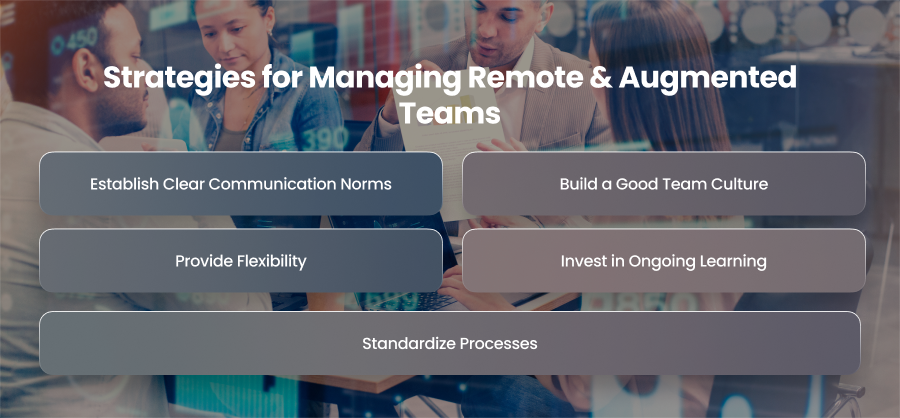
Establish Clear Communication Norms
Effective communication is not something that just happens in remote teams. It needs to be planned. Messages are prone to being misunderstood or forgotten in the absence of the organic rhythm of workplace talks. Therefore, leaders should define structured communication norms. Additionally, you should decide whether to rely on asynchronous techniques like emails or Slack for regular updates and when to employ synchronous technologies like video conferencing for high priority projects.
In order for team members to understand what is important and what can wait, you need also establish expectations for reaction times. In order to guarantee alignment, you should also promote context and clarity in all communications and record important choices.
Build a Good Team Culture
If team culture is not aggressively promoted, working remotely can rapidly seem isolating. Furthermore, it takes deliberate work to foster a strong sense of belonging in a virtual team. Consequently, develop common values and implement them in daily interactions. In order to establish psychological safety, where all team members, regardless of location, feel heard and appreciated, leadership should also set an example of transparency.
Provide Flexibility
Flexibility is the most valued aspects of remote work. However, you need to pair it with accountability. Not everyone operates at the same peak hours, especially in globally distributed teams. Therefore, you should allow software developers to choose their most productive hours while ensuring that overlapping time is reserved for collaboration. Another method to do this is to set up core working hours where availability is necessary. Install tools, such shared dashboards or weekly standups, to monitor progress simultaneously.
Invest in Ongoing Learning
Remote teams require growth opportunities in addition to technologies. As a result, businesses must invest in upskilling programs and online training resources. Another strategy to encourage a culture of lifelong learning is to provide them with access to online courses that are pertinent to their area of work. To find growth paths, you should also include this with routine performance evaluations. Hence, when team members see that their development is a priority, they remain engaged.
Standardize Processes
Remote development teams function best when there is clarity in how work is done. Without standardized workflows, collaboration becomes inefficient. So, you should define processes for task assignment and deadlines. To establish a single source of truth, you should also record everything on well-known websites like Notion. This framework expedites the onboarding process for new team members. Moreover, it guarantees consistency across projects.
Tools for Remote and Augmented Teams
Communication Tools
Slack is the most widely used platform for remote communication. Moreover, it offers organized channels and integrates with a number of productivity apps. Also, it’s ideal for both quick updates and ongoing project conversations.
Microsoft Teams is another great tool for communication and collaboration. Also, its best for organizations that already use Microsoft 365. It offers chat and video conferencing apps. Additionally, it also offers calender management into one centralized space.
Zoom is another top choice. Its stable video and audio capabilities and screen sharing capabilities make it indispensable for team meetings.
Task Management Tools
Managing tasks and deadlines across distributed teams requires visibility and organization. You can use Trello, which is perfect for smaller teams or simpler workflows. It has a kanban style board for clearly assigning tasks.
Asana, on the other hand, is ideal for more structured project management and workload training.
Clickup is an all in one platform that combines task management with goal tracking and time tracking.
AI Tools
In IT augmented teams, tools like ChatGPT and Jasper can assist with brainstorming. Moreover, this can free up developers for high level tasks. Also, developers can rely on GitHub Copilot, which suggests real time code completions and boilerplate code based on context. This tool can speed up software development.
For meetings, Fireflies can automatically transcribe and generate action items from voice conversations. It is possible to turn lengthy calls into actionable insights. Additionally, these AI solutions help teams operate more creatively by automating tedious tasks.
Cloud Storage
Remote and augmented teams must have access to shared files and real time document editing. Google Workspace remains a popular choice offering a number of integrated cloud infrastructure. It also allows several users to collaborate in real time on the same page thanks to built-in version control and comments.
Furthermore, OneDrive and the Word and Excel office suite from Microsoft 365 offer comparable features with the further advantage of enterprise-level security and compliance.
Dropbox is another file sharing solution that integrates with third party apps. Additionally, these platforms guarantee that there are no barriers to accessing and managing important papers for any team member.
Visualization Tools
Miro and other visualization tools are crucial for organizations that depend on creative collaboration. Additionally, Miro provides digital whiteboards that replicate the adaptability of a real board. This allows teams to map out workflows and create customer journey maps.
Another tool is FigJam. It emphasizes collaborative planning and lightweight brainstorming inside an easy to use interface. Additionally, design teams and product development conversations benefit greatly from these technologies. Hence, this provides a space for freeform ideation that complements more structured project management tools.
Automation and Integration Tools
Automation is essential for fully effective remote and augmented operations. Users may create automated procedures with platforms like Zapier. For example, you might automatically create a Trello board each time a new email is received when a document is changed. These tools cut down on human mistake. Hence, integration tools are especially important in hybrid work environments where data needs to flow freely across disconnected systems.
Remote Onboarding
Onboarding remote employees can be challenging without in person interactions. Moreover, tools like Trainual allow companies to build structured onboarding programs. Also, it has SOP libraries and training flows with embedded videos and documentation.
TalentLMS is another excellent platform for creating scalable training materials that guarantee uniformity among teams. As a result, these solutions facilitate rapid onboarding for new workers and allow for continuous learning for current developers.
Access Management Tools
Security becomes even more critical when teams are distributed and accessing systems from various devices and networks. Tools like LastPass help manage and share passwords securely across teams. Additionally, Auth0 offers role based access restrictions and multi factor authentication for secure identity management. These security layers are crucial for teams managing sensitive data in order to preserve compliance and stop breaches.
Performance Management Tools
Clear feedback methods and frequent check-ins are necessary for distant performance management. Weekly staff check ins and feedback loops are provided via tools such as 15Five to keep supervisors updated on progress.
Lattice helps in streamlining goal alignment and career growth planning. These solutions are also essential for upholding responsibility and guaranteeing that remote team members get the guidance and acknowledgment they require to succeed.
Final Words
Effectively managing remote and augmented teams requires more than just technology. It also necessitates role clarity and clear communication. Therefore, companies may create strong, productive teams that are ready for the evolving nature of work in the future by adopting standardized processes.





